226 results
VOICES: Narratives by Survivors of Modern Slavery
This is the world's largest archive of modern slavery survivor narratives. Across more than a million words spoken or written by survivors of modern slavery, we can see why slavery persists in particular hotspots, analyse patterns in trafficking routes, identify vulnerabilities, understand more about the challenges survivors face in liberation, and discover new antislavery solutions. These narratives offer the chance to systematically design new antislavery strategies based on the experiences, ideas and solutions of enslaved people themselves.
The database is searchable by country, name, theme, and narrative date. Narratives can be viewed in list or map form. A short introduction provides context to each narrative. Narrative provenance appears after the main narrative text.
For ideas on how to use this database, please see our accompanying guide.
Project Lead: Zoe Trodd. Team Members: Andrea Nicholson, Lauren Eglen, Rosemary Pearce, Olivia Wright.
Project Funders: AHRC Antislavery Usable Past grant (2014-19), ESRC/AHRC PaCCS Modern Slavery: Meaning and Measurement grant (2016-19), and AHRC-GCRF Antislavery Knowledge Network grant (2017-2021).
For any queries about the collection please contact: [email protected]. If you wish to cite a particular narrative, please acknowledge the survivor’s name, the provenance of the narrative and cite: Voices Database, the Rights Lab, University of Nottingham.

Sook Joo
The Democratic People’s Republic of Korea (North Korea) is a source country for men, women and children who are subjected to forced labour and sex trafficking. Government oppression in the DPRK prompts many North Koreans to flee the country in ways that make them vulnerable to human trafficking…
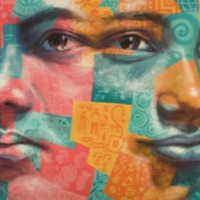
Aye Aye
The internal migration of Chinese people seeking work has created an opportunity for human traffickers in China. Moreover the gender imbalance caused by the One Child Policy and the cultural preference for male children, has caused a shortage of women which has led to the trafficking of women to be…
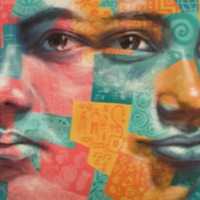
Cho Cho
The internal migration of Chinese people seeking work has created an opportunity for human traffickers in China. Moreover the gender imbalance caused by the One Child Policy and the cultural preference for male children, has caused a shortage of women which has led to the trafficking of women to be…
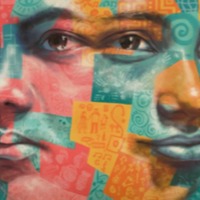
Ho Kyung-Soon
The Democratic People’s Republic of Korea (North Korea) is a source country for men, women and children who are subjected to forced labour and sex trafficking. Government oppression in the DPRK prompts many North Koreans to flee the country in ways that make them vulnerable to human trafficking…
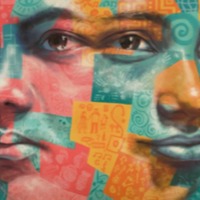
Chun Young-Hee
The Democratic People’s Republic of Korea (North Korea) is a source country for men, women and children who are subjected to forced labour and sex trafficking. Government oppression in the DPRK prompts many North Koreans to flee the country in ways that make them vulnerable to human trafficking…
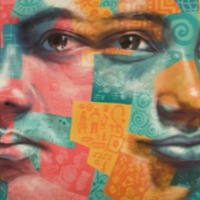
Kang Sun-Mi
The Democratic People’s Republic of Korea (North Korea) is a source country for men, women and children who are subjected to forced labour and sex trafficking. Government oppression in the DPRK prompts many North Koreans to flee the country in ways that make them vulnerable to human trafficking…
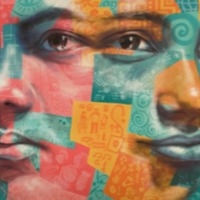
Lee Jeong-Ae
The Democratic People’s Republic of Korea (North Korea) is a source country for men, women and children who are subjected to forced labour and sex trafficking. Government oppression in the DPRK prompts many North Koreans to flee the country in ways that make them vulnerable to human trafficking…

Yeonmi Park
The Democratic People’s Republic of Korea (North Korea) is a source country for men, women and children who are subjected to forced labour and sex trafficking. Government oppression in the DPRK prompts many North Koreans to flee the country in ways that make them vulnerable to human…

Yeonmi Park (Narrative 2)
The Global Slavery Index 2018 estimates that there are 2,640,000 people living in conditions of modern slavery in The Democratic People’s Republic of Korea (North Korea). Men, women and children are subjected to forced labour and sex trafficking. Government oppression in the DPRK prompts many…
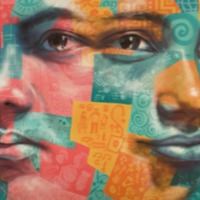
Jamie B
There are an estimated 403,000 people living in conditions of modern slavery in the United States (GSI 2018). Among this number, are children subjected to forced marriage. A study published on child marriage in 2011 determined that the prevalence of child marriage among women in the US was 8.9…
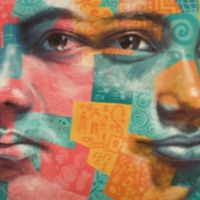
Destaye
There are an estimated 614,000 people living in conditions of modern slavery in Ethiopia (GSI 2018). Child marriage remains a deeply rooted tradition in Ethiopian communities with two in five girls being married before their 18th birthday. Child marriage is perpetuated in the country by poverty,…
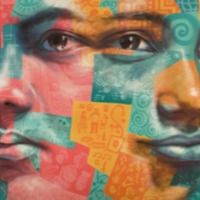
Bibi Aisha
The Global Slavery Index 2018 estimates than there are 749,000 people living in conditions of modern slavery in Afghanistan. Young girls are subjected to forced child marriage throughout the country. Although the law sets the minimum age for marriage at 18 for males and 16 for females, this is not…
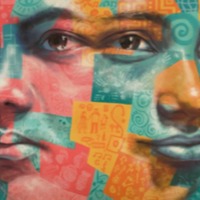
Debitu
There are an estimated 614,000 people living in conditions of modern slavery in Ethiopia (GSI 2018). Child marriage remains a deeply rooted tradition in Ethiopian communities with two in five girls being married before their 18th birthday. Child marriage is perpetuated in the country by poverty,…
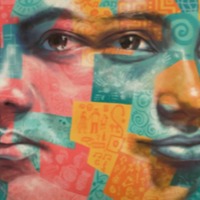
Mirela
The UK National Crime Agency estimates 3,309 potential victims of human trafficking came into contact with the State or an NGO in 2014. The latest government statistics derived from the UK National Referral Mechanism in 2014 reveal 2,340 potential victims of trafficking from 96 countries of origin,…
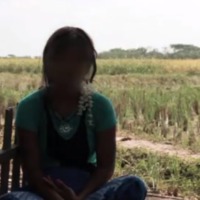
Kyi Kyi
The internal migration of Chinese people seeking work has created an opportunity for human traffickers in China. Moreover the gender imbalance caused by the One Child Policy and the cultural preference for male children, has caused a shortage of women which has led to the trafficking of women to be…
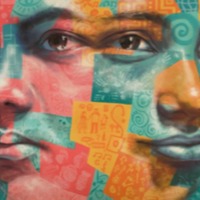
Odeta
Born in Albania, Odeta was trafficked into Italy, where trafficking victims also arrive from Nigeria, Romania, Bulgaria, China, and South America. One NGO estimates that 48 percent of the prostitutes in Italy are from Eastern Europe. Many women are trafficked into richer Western European countries…
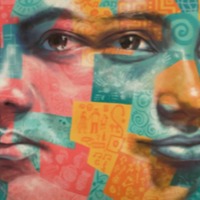
Sanije
Born in Albania, Sanije was “married” to a stranger in Greece by her father, then later to another man, both of whom abused her. Many women are trafficked into richer Western European countries from the poorer Eastern countries, including Albania. The fall of communism in 1991 led to a rise in…
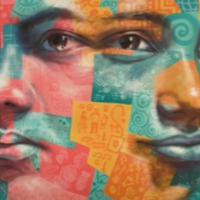
Christina A.
Romania is a significant source of sex and labor trafficking victims throughout Europe. Romanian men, women, and children are subjected to labor trafficking in agriculture, construction, domestic service, hotels, and manufacturing, as well as forced begging and theft in Romania and other European…
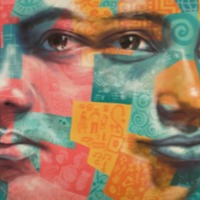
Esther Choe (Narrative 2)
Esther was a textile worker in North Korea when she learned that she could make 20 times the amount of her current pay caring for children in China, so she decided to go to work for a short period of time. She was subsequently caught in human trafficking and was sold as a ‘‘wife’’ to a…
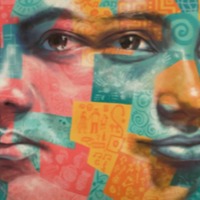
Elira
Born in Albania, Elira was trafficked into Italy, where trafficking victims also arrive from Nigeria, Romania, Bulgaria, China, and South America. One NGO estimates that 48 percent of the prostitutes in Italy are from Eastern Europe.
Many women are trafficked into richer Western European…